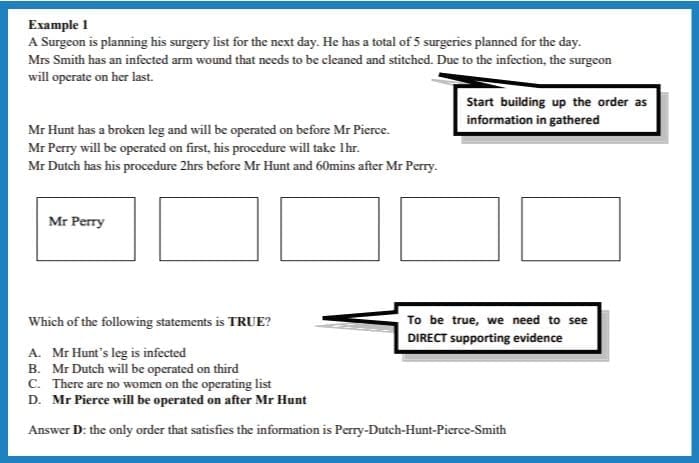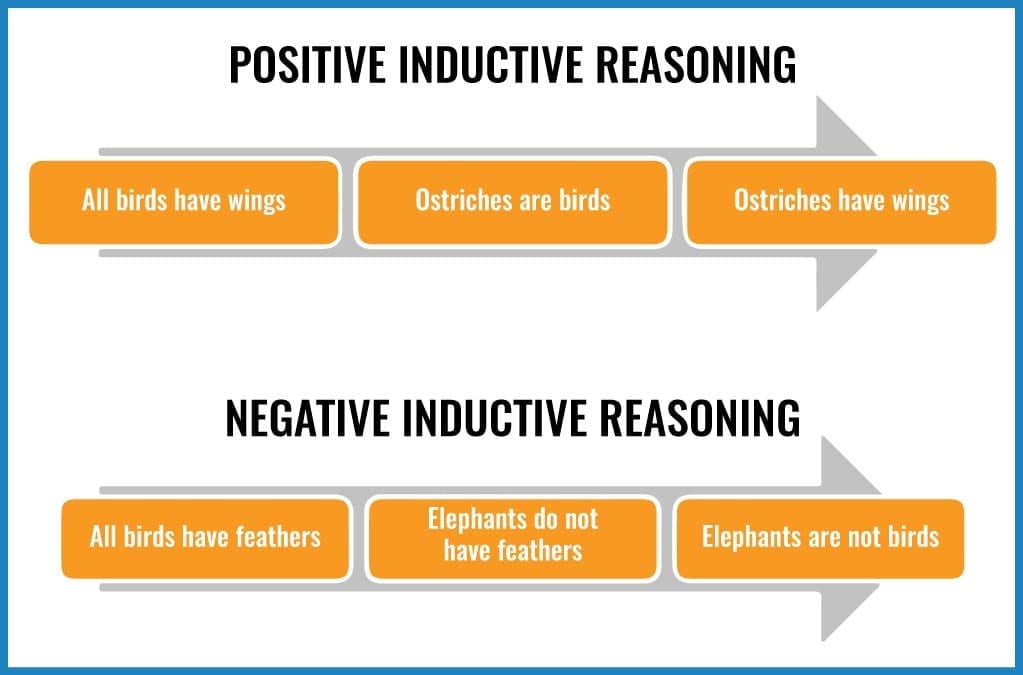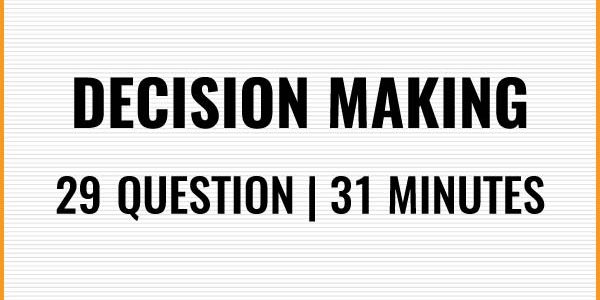UCAT Decision Making
29 questions | 31 minutes
The UCAT Decision Making subtest lasts 31 minutes, with one additional minute to read the instructions.
The UCAT Decision Making section contains 29 questions that needs to be answered – so you need to work quickly and efficiently at a rate of about one question per minute. You will be presented with questions that may refer to text, charts, tables, graphs or diagrams. All of the questions are standalone and do not share data, so make sure to focus on each question independently.
The idea behind the UCAT Decision Making section is to assess how you use information and data to make decisions – a skill that is essential to working effectively as a doctor. The questions come in a variety of styles, but all are focused on testing your decision making ability.
Of course, the best way to assure your university admission is to book UCAT tuition with one of our expert tutors. It will simply triple your chances of success.
Here’s a typical decision making question, along with the answer;

The questions you will face can be broken down into six main styles;
-
Logical puzzles
The logical puzzle questions require you to make an inference based on the available information to get to the answer. This will usually be presented with background information (general statement), then extra information (a specific statement), and both should be combined to find the conclusion and answer. This can be either positive or negative, this is explained with the diagrams below.

-
Syllogisms
Syllogisms are an additional application of deductive reasoning. In these questions, you will be presented with information that can be used to make certain conclusions, but which will also give and incomplete description of the situation. Then, the task is to determine which answer/answers is/are supported and which aren’t.
-
Interpreting information
For the interpreting information questions, you will be presented with a more complex and less directly relevant set of information than in the logical deduction questions. This information may be in the form of a passage of text describing something, or alternatively it could be in the form of a table, chart or graph. You will then have to use the information source to extract the relevant information to answer the question.
This type of question is usually best conquered with a diagram as Zenab shows in the video decision making below.
-
Recognising assumptions
Many of these questions will ask you to select the strongest argument for or against a statement. To help you select the best option, use the acronym FREES.
Factual – the argument should be based on fact rather than opinion.
Relevant – the argument should directly address the statement in the question.
Entire – the argument should address the whole question, not only one aspect of it.
Emotionless – the argument should avoid emotional pleas and derive strength from relevant evidence.
Sensible – the argument should be a generally sensible and reasonable approach to take.
-
Venn diagrams
The category of “Venn diagram” questions encompasses any that require the use of Venn diagrams within the question. Venn diagrams might be used in the question itself to present the data, they may be required as a part of the working to deduce the correct answer, or it may be that the answers are presented in the form of Venn diagrams, and you have to choose the most appropriate response.
-
Probabilistic reasoning
You may be presented with probabilistic information in a variety of forms – fractions, decimals, percentages or odds – remind yourself of these different notations if you haven’t seen them in a while. Whenever you see a probability, take the time to note exactly what occurrence the probability is representing, and whether it is the positive probability (of a thing happening) or a negative probability (of it not happening).
Our Top Decision Making Tips
- Develop a clear approach to each type of question. There is no overall solution that works for every question, so having a strategy for each is imperative.
- Draw diagrams where possible. You can almost always visualise information better than you can read it – save valuable brain power and draw!
- Read the question first where applicable. This is a running theme. Read the question before reading the information presented, whether this is text, a table or graph. You’ll easily be able to spot what you need.










